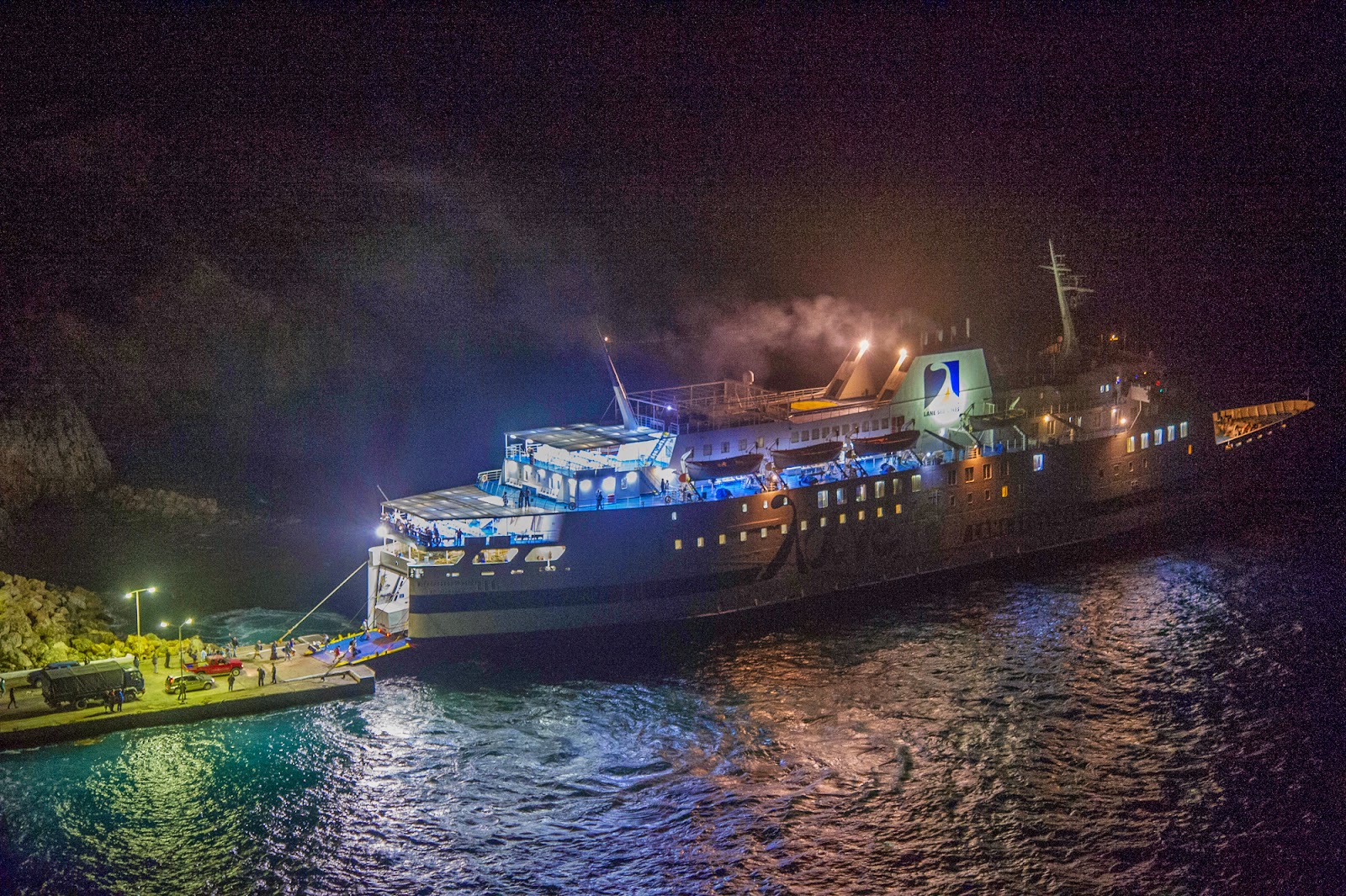Throughout my career I have
been privilege to image submerged history in various parts of the world. From Civil
War submarines dating to 1864 to World War II icons of the early 1940’s – I
have attempted to focus my lens with a sense of responsibility and
individuality to bring these sites to those who will never reach them. Each one
has its own place in history and my goal has always been to bring this heritage
to life through photography.
It’s no surprise, then, when
I first heard of a project off Greece excavating one of the most famous
shipwrecks in history, the Roman Antikythera shipwreck dating to 60-80 BC, my
senses tingled. Phil Short, a good friend, instructor, and one of the premier
technical and cave divers in the world had been diving with a team of Greek and
international archaeologists since 2010. When we spent some time together
diving the B-29 at Lake Mead earlier this year, I was certain to “pitch” my very
specific set of skills for the project in Greece. With 20 years of experience photographing
underwater archaeologists, sites, and science, along with hundreds of hours on
a closed circuit Sentinel rebreather, I was hopeful that he would sell my
talents to the project leadership.
As a failsafe, I also began
working another good friend, Evan Kovacs, a very talented freelance underwater
shooter, producer, tech, and all around genius. Most of his work for the past
several years has been with the Woods Hole Oceanographic Institution (WHOI)
through the Advanced Imagining and Visualization Laboratory. WHOI is a primary
sponsor of the work in Greece with archaeologist Brendan Foley being one of the
principal investigators. Evan and I have traveled together on several NPS/WHOI 3D
shoots and in the South Pacific over the years, so it wasn’t a hard sell on my
photographic abilities, only that this is a project I really wanted to be a part
of to shoot with him.
In the end, Evan was
contracted to provide the underwater imagery for the 2014 Return to Antikythera
project, and I was fortunate enough to hitch my photographic abilities to his
wagon. After the budgets were settled, I was in. Not only did I have the chance
to work on one of the most significant shipwrecks in the world, but I was going
to do it with two very good friends. Off to Greece.










